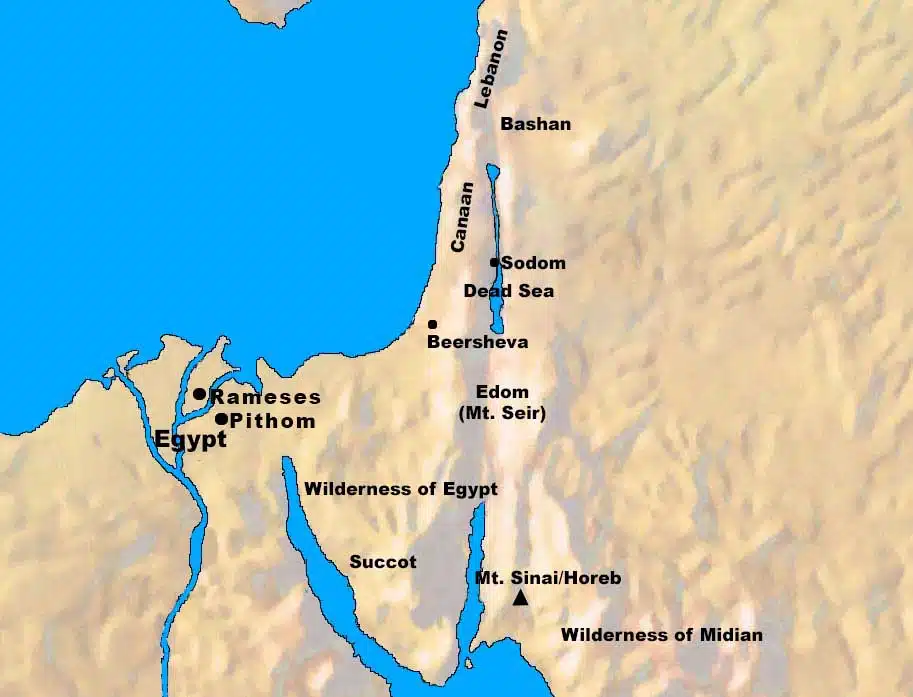The priestly garments are to be placed on Aaron and his sons in preparation for the ceremony itself. Aaron would be clothed with the High Priest’s garments.
Moses was now instructed by the LORD to take the garments, and put on Aaron the garments described in Chapter 28. First, the high priest’s clothes were to be put on Aaron:
- The tunic, which served as an undershirt
- The robe of the ephod, which was worn underneath the ephod
- The ephod itself
- The breastpiece
- Finally, gird him with the skillfully woven band of the ephod
Then, the headdress was to be placed on him.
- The turban
- The holy crown on the turban. Leviticus 8:9 tells us that the holy crown that was placed on the turban was the same as the golden plate engraved with the words “holy to the Lord” (Exodus 28:36).
Finally, Moses was to take the anointing oil and pour it on Aaron’s head and anoint him. This had the effect of setting Aaron apart and commissioning him to serve the LORD in the tabernacle as God’s priest.
After the anointing of Aaron into the role of high priest, his sons needed to be consecrated into the priesthood. To do this, Moses was instructed to bring his sons forward to be clothed. He first put tunics on them, then he was to gird them with sashes and bind caps on them.
The result of the ceremony was that they shall have the priesthood by a perpetual statute. This means that Aaron and his descendants were chosen by the LORD to be priests to serve Him and the people in their worship. During the Messianic kingdom, this lineage will be restricted to the “Sons of Zadok” who “kept charge of My sanctuary when the sons of Israel went astray from Me” (Ezekiel 44:15).
The last phrase summarizes this section. All of the actions were done to ordain Aaron and his sons. The word ordain translates the Hebrew phrase “fill the hands.” It refers to all of the activities that would “fill the hands” of the priests to perform in the service of the LORD.
Biblical Text:
5 You shall take the garments, and put on Aaron the tunic and the robe of the ephod and the ephod and the breastpiece, and gird him with the skillfully woven band of the ephod; 6 and you shall set the turban on his head and put the holy crown on the turban. 7 Then you shall take the anointing oil and pour it on his head and anoint him. 8 You shall bring his sons and put tunics on them. 9 You shall gird them with sashes, Aaron and his sons, and bind caps on them, and they shall have the priesthood by a perpetual statute. So you shall ordain Aaron and his sons.
Check out our other commentaries:
-
2 Kings 19:14-19 meaning
After receiving a letter meant to induce fear in the hearts of its readers, Hezekiah takes the letter and his supplication to Yahweh at the...... -
Luke 4:42-44 meaning
After a day and night of healings and deliverances from demon-possession, Jesus retreats from the crowds in search of solitude. He tells them that He...... -
Genesis 7:21-24 meaning
Every living thing left on the earth died and was blotted out. Only Noah and those safe in the ark escaped the judgment of the...... -
Exodus 26:31-35 meaning
The next item discussed is the veil that separates the Holy of Holies from the Holy Place. Both the veil and its supports are described....... -
Romans 4:16-17 meaning
No one can live up to God’s standard; we are saved by grace through faith. Every person, in every nation who believes is made a......



